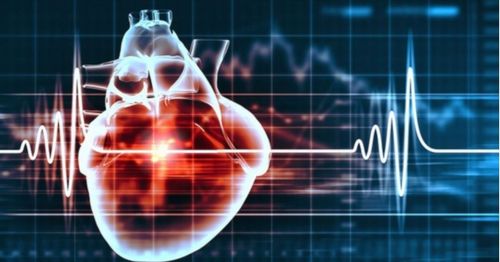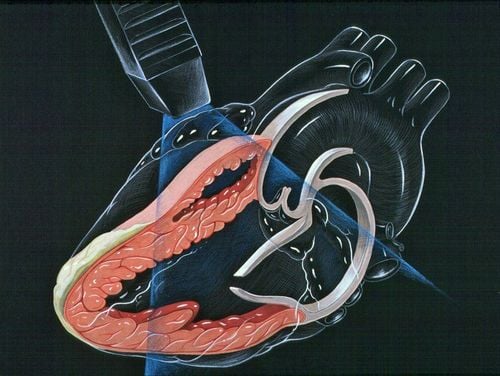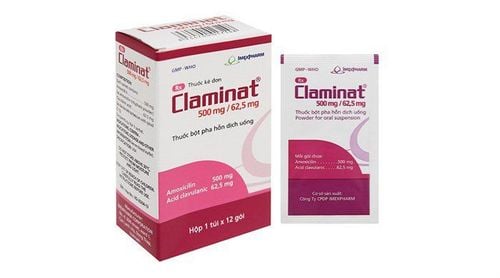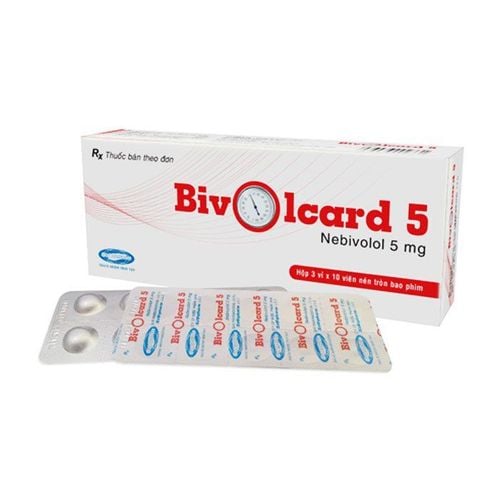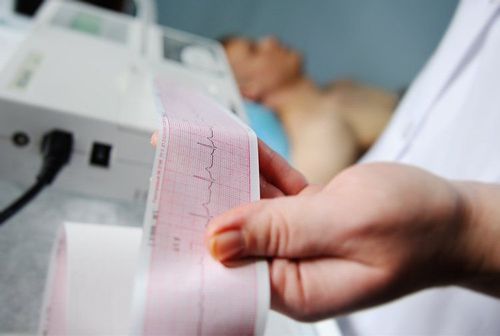This is an automatically translated article.
The article was professionally consulted by Dr. Ngo Dac Thanh Huy - Cardiologist - Department of Medical Examination & Internal Medicine - Vinmec Danang International General Hospital.Brugada syndrome is a rare but serious condition that causes the heart to beat too fast or irregularly. An arrhythmia prevents blood from being pumped to the rest of the body. Brugada disease is one of the most common causes of sudden death in young and healthy people.
1. Diagnosis
1.1. Inquiry and clinical examination
Brugada syndrome is common in adults and adolescents, and is rarely diagnosed in young children because the symptoms are not obvious. Performing a physical exam and using a stethoscope to monitor the patient's heart rate are among the diagnostic criteria for Brugada syndrome. The doctor may ask the patient some questions, such as:
Is there a family history of Brugada syndrome or other heart rhythm problems? How long ago did the symptoms start? How often are symptoms constant or occasional? Do you often have fainting spells, difficulty breathing, convulsions or high fever? Are you taking medication for high blood pressure, depression or chest pain? Besides, a number of other standard diagnostic tests for Brugada syndrome are also conducted to check the heart rhythm, including:

1.2. Electrocardiogram (ECG)
This is a quick, painless test that records the electrical signals in a patient's heart, with or without medication. During an ECG, medical staff attach sensors (electrodes) to the patient's chest and sometimes limbs. The test can help your doctor detect problems with your heart rhythm and heart structure.
If your heart rate is normal during the office exam, your doctor may order a portable Holter monitor. You will have an electrocardiogram while performing your normal daily activities at home, which will last for 24 hours. If you have symptoms of Brugada disease, but your first 24 hour ECG and Holter tests are normal, your doctor may order drugs through an IV to affect your heart rate and monitor your response.
1.3. Echocardiography
Ultrasound technique uses sound waves to create images of the heart. Although this test alone does not qualify for the diagnosis of Brugada ECG syndrome, an ultrasound will help the doctor rule out other abnormalities related to the patient's heart structure.
Recommended video:
1.4. Electrophysiological test
If the electrocardiogram (ECG) shows signs of Brugada syndrome, or the patient has symptoms such as sudden cardiac arrest, the doctor may recommend electrophysiological testing. This technique helps assess the risk of irregular heart rhythms, as well as determine treatment.
During the electrophysiological test, the patient will be given some kind of anesthetic. The medical staff will then thread the catheter through a vein in the groin area and to the heart. Electrodes are passed through the catheter, to various points in the heart, to help find any abnormal rhythms. They do not shock the heart, but only detect the electrical signals flowing through the heart.
1.5. Genetic testing
Brugada disease can be passed down between family members. About 30% of patients have problems with the gene that keeps the heart rhythm normal. If you have a loved one with Brugada syndrome, you should go to the hospital to find out your risk. Your doctor will look for this inherited gene through a blood sample test.

1.6. Blood tests
In some cases, the cause of Brugada is cocaine use, high blood calcium levels, or very high/very low potassium levels... Therefore, your doctor may also order testing. blood to evaluate these indicators.
2. Treatment
The treatment of Brugada syndrome will depend on the severity of the arrhythmia. Your heart is at high risk for irregular heartbeats if:
Personal medical history of serious heart rhythm problems Or fainting Ever experienced a sudden cardiac arrest Recommended video:
8 signs of an arrhythmia heart
2.1. Supportive treatment
If you do not have any of the above symptoms, you may not need specific treatment because the risk is low. However, your doctor will recommend the following steps to reduce the chance of an arrhythmia:
Treating a fever Fever is a cause of irregular heartbeats in people with Brugada syndrome. Therefore, patients need to use antipyretic drugs at the first signs of fever.
Avoid medications that trigger arrhythmias Many medications can increase your risk of an irregular heartbeat, including some heart medications and antidepressants. Drinking too much alcohol can also increase the risk. Therefore, patients must declare all medications they are taking with their doctor, including over-the-counter drugs and supplements.
Avoid vigorous sports If you are at high risk for serious cardiac arrhythmias, your doctor may advise you not to play competitive, vigorous and intense sports.
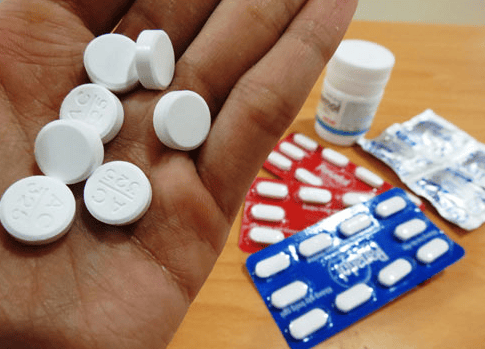
2.2. Other treatment techniques
Implantable defibrillators If you've ever had a cardiac arrest or fainted, the mainstay of treatment is an implantable Cardioverter-Defibrillator (ICD). Similar to a pacemaker, this small, battery-powered device is placed in the patient's chest to continuously monitor the heart rate and deliver electrical shocks when needed, helping to control the heart rate. abnormal. The goal is to shock the heart out of dangerous arrhythmias, avoiding sudden cardiac death.
The doctor will place a flexible lead wire into the main vein (near the collarbone) and towards the heart. The lead end attaches to the bottom chambers of the heart, the other end attaches to the shock generator. You will have this part of the device implanted under your skin, right at your collarbone. Patients need to be admitted to the hospital for transplantation and stay under observation for 1-2 days before being discharged, taking the ICD home with them.
However, the ICD defibrillator can cause unnecessary shocks. That's why it's important to discuss the benefits and risks of this approach with your doctor.
Drug treatment In some cases, drugs such as quinidine are prescribed to prevent the potential risk of irregular heartbeats. This medication may be prescribed for the treatment of Brugada ECG syndrome in parallel with the placement of an ICD.
Catheter ablation If the ICD is not able to effectively and safely control the symptoms of Brugada disease, your doctor may recommend radiofrequency catheter ablation. A long, flexible catheter (catheter) is inserted into a blood vessel and threaded to the heart. The catheter uses a high-frequency energy source, burning or destroying heart tissue causing an irregular rhythm.
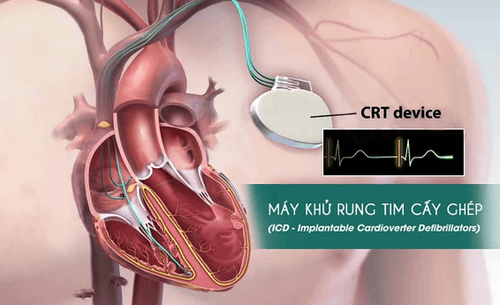
In general, people with Brugada syndrome can have a stroke at any time, it is very important to schedule regular visits with the doctor to ensure good control of the heart rhythm. Regular check-ups can help doctors decide if a patient needs a change in treatment, as well as detect any unusual new problems early, so they can be treated promptly.
Vinmec International General Hospital is the address for examination, treatment and prevention of diseases. Vinmec Da Nang is ready to have a cardiovascular intervention team to place an ICD defibrillator in the treatment of brugada syndrome. When performing the examination process at Vinmec, customers will be welcomed and used modern facilities and equipment along with perfect medical services under the guidance and advice of experts. Good doctors, well-trained both at home and abroad.
Please dial HOTLINE for more information or register for an appointment HERE. Download MyVinmec app to make appointments faster and to manage your bookings easily.
References: webmd.com, mayoclinic.org






